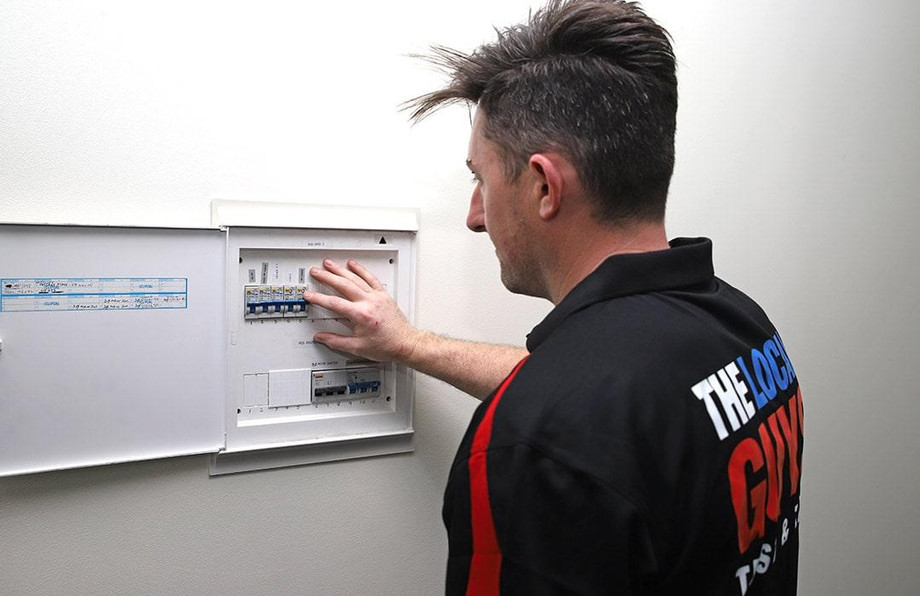There are two main markets for almost every product in the world: one for new products and the other for used products, which are also commonly referred to as surplus, reconditioned, rebuilt, or remanufactured products.
A few examples of booming industries that deal in used items include those that deal in electronics, jewelry, computers, cars, and computers. The markets for electrical supplies in commercial and industrial settings are typical.
Like vehicles and industrial gear, electrical equipment is built to last for many years. Electrical equipment, like other durable things, can be hazardous to the untrained user whether it is a new or used item. Because of the intersection of these two truths, a strong electrical market depends on product safety as well as availability.

To "establish the electrical distributor as an essential force in the electrical industry and economy," the National Association of Electrical Distributors was founded in 1908; it was followed by the National Electrical Manufacturer's Association (NEMA) in 1926. With an emphasis on new products from electrical Original Equipment Manufacturers, these venerable groups gradually extended to incorporate instructional programs and standards to help enhance the operations and safety of the electrical supply chain (OEMs). Two other organizations formed over the following 50 years to support the installed and used electrical equipment bases. The InterNational Electrical Testing Association (NETA) provided direction, instruction, and certification for field-testing electrical equipment, whereas the Electrical Apparatus Service Association (EASA) concentrated on rewinding standards for electric motors. Yet, it wasn't until 1996 that a collection of independent electrical distributors banded together to support the refurbishment of industrial electrical goods. The only trade organization that provides technical reconditioning requirements for industrial electrical products, a code of ethics, ongoing education, site and technician accreditation, and best practices is the Professional Electrical Apparatus Recyclers League (PEARL). More than 70 independent electrical resellers with annual sales of more than $500 million already make up PEARL's corporate membership.
Why Is Used Electrical Equipment Necessary?
Why does the "out of channel" or secondary market for electrical goods exist? It exists due to supply and demand, just like electrical OEMs and wholesale wholesalers.
Think about a manufacturing facility where a crucial electrical component has failed. The manufacturer and distributors take weeks, months, or worst, never, to provide a new replacement part. What then should the plant do?
Consider the power plant that produces energy and distributes it using 15kv switchgear that was constructed in 1959 but is still in excellent condition. To keep up with the rising demand, the station must improve its inbuilt tiebreaker from 2000A to 3000A.
What about a brand-new office building that is running weeks behind schedule while awaiting a specific size and kind of conduit or conduit fittings, only to learn that the material is on backorder with no projected delivery date?
Each of these situations demonstrates a serious, need-it-now need for electrical products from the standpoint of the customers. Enter the building housing the backup electrical supply. They have purchased and stored difficult-to-find electrical products specifically for situations like these. Even if the replacement part has been found, the issue of replacement safety still exists.
This is where an informed secondary channel for electrical products fills a crucial and essential need, especially as OEMs continue to implement "lean" manufacturing techniques that increase the lead times for many different types of electrical equipment.
Independent resellers of new, surplus, and refurbished electrical products have amassed sizable inventories of electrical service equipment from shuttered industrial facilities, scaled-back construction projects, and electrical distributors themselves when OEMs discontinue or change product lines to meet this demand. These independent electrical distributors maintain inventory for far longer than the principal channel, unlike OEMs and franchise electrical distributors, so that when clients require a component for expansion or replacement, the item is available and the customer can get back to business.
For more info:- test and tag Adelaide
Source Url:- https://sites.google.com/view/thelocalguystestandtag19/home





Comments